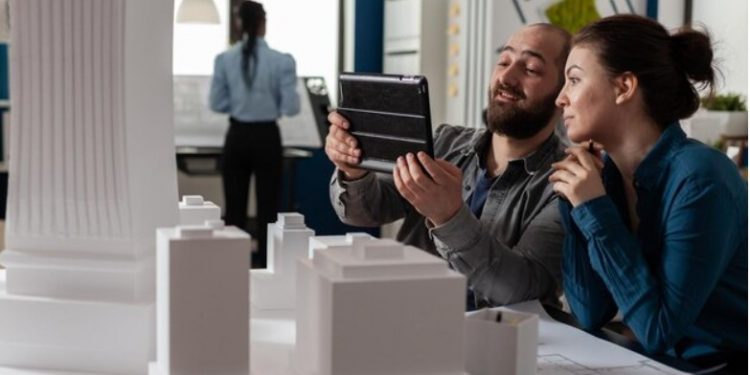In the realm of construction and manufacturing, choosing the right extrusion profiles is a critical step towards achieving project success. Extrusion profiles are versatile components that find applications in various industries, from architecture to automotive. Selecting the appropriate profiles for your project ensures structural integrity, cost-effectiveness, and efficiency. Here’s a guide to help you make informed decisions when navigating the diverse world of extrusion profiles.
Understanding Your Project Requirements
Before diving into the sea of extrusion profiles, it’s essential to have a clear understanding of your project’s requirements. Define the purpose, load-bearing capacity, and environmental conditions your profiles will face. Consider factors like exposure to harsh weather, corrosive substances, or specific aesthetic preferences. This initial understanding will serve as a compass in your search for the ideal extrusion profiles.
Material Matters
Extrusion profiles are available in a range of materials, each offering unique properties. Common materials include aluminum, steel, and plastics such as PVC and ABS. Aluminum extrusion profiles, for example, are known for their lightweight nature, corrosion resistance, and ease of fabrication. On the other hand, steel profiles may be preferred for heavy-duty applications where strength is paramount. Consider the material properties that align with your project’s demands to make an informed decision.
Profile Geometry and Design
The shape and design of extrusion profiles play a crucial role in their functionality. Different projects require different geometries to fulfill specific purposes. For instance, T-slot profiles are popular for constructing frames and enclosures due to their modular nature, allowing easy assembly and disassembly. If your project involves fluid or gas flow, consider hollow profiles for their efficient performance. Evaluate the profile’s cross-section and design compatibility with your project’s needs.
Customisation Options
Not all projects fit the mold of standard extrusion profiles. In such cases, the ability to customise profiles becomes invaluable. Look for suppliers that offer customisation options, allowing you to tailor profiles to your specific requirements. Custom extrusion profiles can enhance efficiency, reduce waste, and provide a seamless fit for your project, ultimately saving time and costs in the long run.
Strength and Load-Bearing Capacity
One of the primary functions of extrusion profiles is to provide structural support. Assess the load-bearing capacity of different profiles to ensure they meet the demands of your project. Factors such as wall thickness, alloy composition (for metal profiles), and overall design contribute to the strength of the extrusion. Consulting with engineers or manufacturers can help you determine the right profiles for your project’s structural needs.
Surface Finish and Aesthetics
Extrusion profiles are not only functional but also contribute to the visual appeal of your project. Consider the desired surface finish and aesthetics when choosing profiles. Anodised aluminum profiles, for instance, offer a durable and attractive finish that resists corrosion. Powder coating is another option that provides both protection and a variety of color choices. Balancing functionality with aesthetics ensures that your project not only performs well but also looks impressive.
Budget Considerations
While it’s crucial to prioritise quality and functionality, budget constraints are a reality in most projects. Compare prices from different suppliers, taking into account material, customisation, and finishing options. Opt for a balance between cost and quality to ensure that your chosen extrusion profiles align with both your project requirements and financial considerations.
Conclusion
Choosing the right extrusion profiles for your project is a meticulous process that requires careful consideration of various factors. By understanding your project requirements, evaluating material options, considering profile geometry, exploring customisation possibilities, assessing strength, and factoring in aesthetics and budget constraints, you can navigate the vast array of extrusion profiles with confidence. Making informed decisions at this stage will undoubtedly contribute to the success and longevity of your project.




